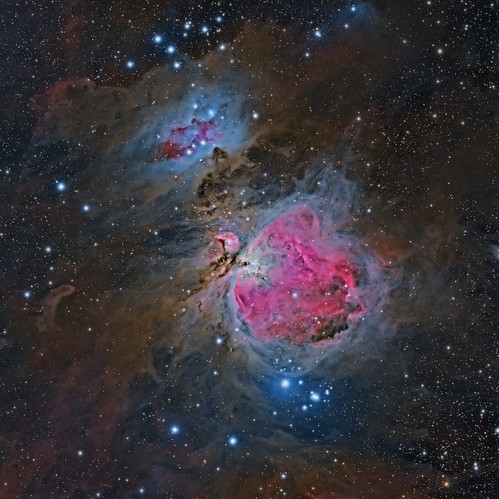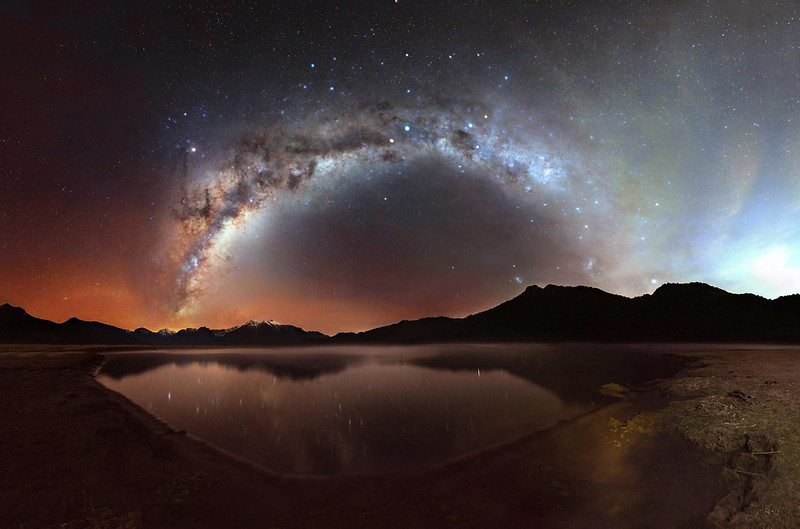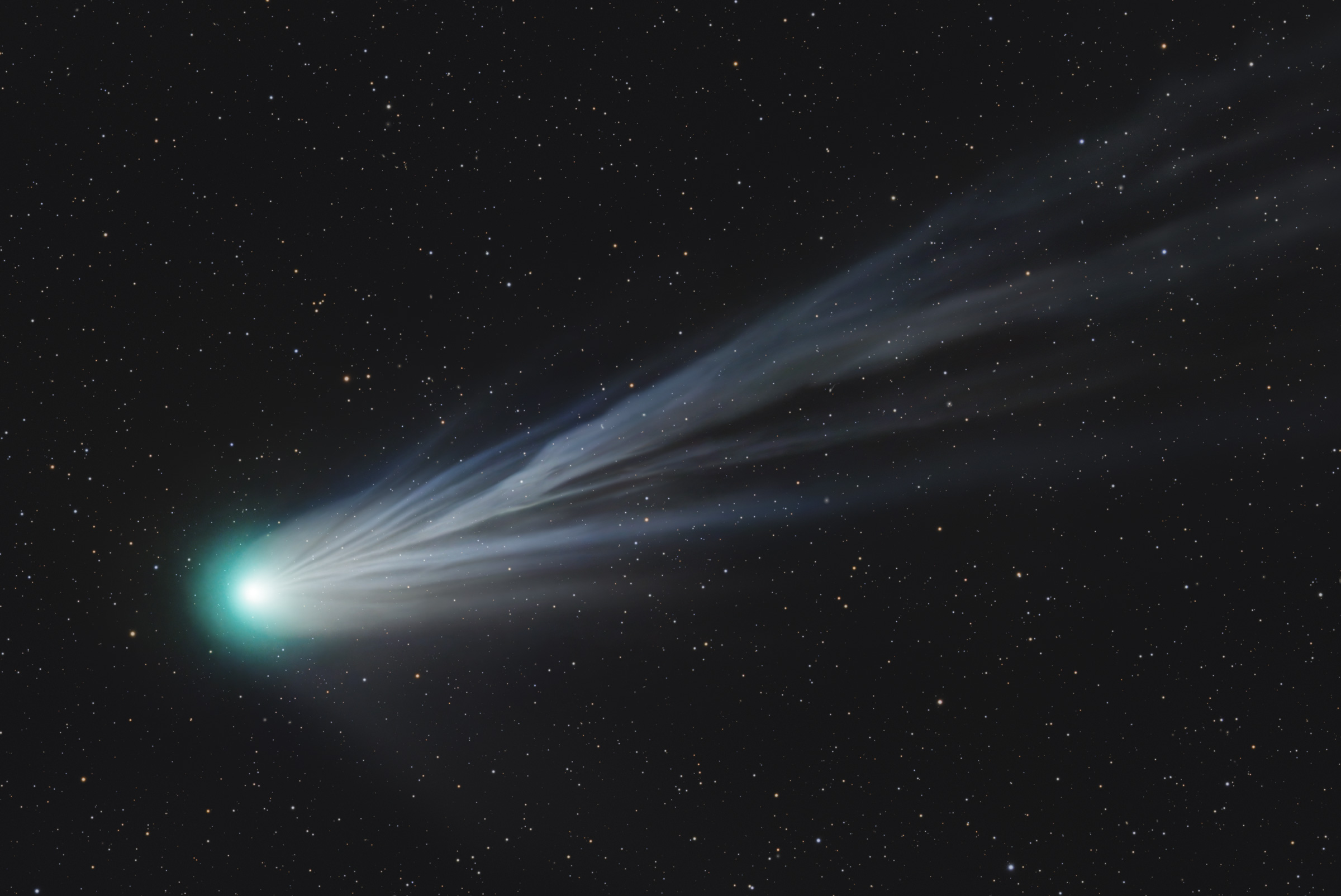M106 - A Galactic Powerhouse
Hello Robert Nemiroff and Jerry Bonnell,
My name is Ali Al Obaidly
This is my submission for APOD, captured in Al Salmy, kuwait.

Description:
It may seem incredibly lonely and desolate in the Kuwaiti desert during those hours right before sunset. Though unspeakable beauty lies just beyond the atmosphere, clinging to the sun's fading light. For those of us unafraid of the dark, wonders await.
The spiral galaxy M106, is one of the night sky's most well guarded secrets, only accessible in full with deep focal lengths and long integration of light. Hence, my trusty 9.25-inch Celestron EdgeHD telescope was my companion for this endeavor, which spanned 18 hours and 9 minutes of total capture time split into three nights. At the heart of M106 lies a supermassive black hole, a gravitational powerhouse that shapes the galaxy's structure and dynamics. Beyond its awe-inspiring appearance, M106 serves as a vital subject for scientific inquiry. Its black hole provides scientists with a unique opportunity to study the physics of extreme environments, offering insights into the nature of gravity, matter, and the evolution of galaxies. Through rigorous observation and analysis, astronomers leveraged M106 to advance our understanding of the cosmos. From probing the dynamics of galactic nuclei to exploring the mechanisms of black hole accretion, M106 has contributed valuable data to modern scientific techniques, paving the way for groundbreaking discoveries and expanding our knowledge of the universe.
Acquisition details:
Dates: Feb. 7 - 8, 2024 & March 8, 2024
Frames:
Chroma Blue 36 mm: 55×180″(2h 45′)
Chroma Green 36 mm: 55×180″(2h 45′)
Chroma Lum 36 mm: 205×180″(10h 15′)
Chroma Red 36 mm: 48×180″(2h 24′)
Total Integration: 18h09’
Equipment:
Telescope: Celestron EdgeHD 9.25"
Camera: ZWO ASI2600MM Pro
Mounts: Sky-Watcher EQ8-R Pro
Filters: Chroma LRGB 36mm filters
Accessories: Celestron 0.7X Reducer EdgeHD925 + ZWO EFW 7 x 36mm
 The great Orion nebula by Freddy S., en Flickr
The great Orion nebula by Freddy S., en Flickr


















